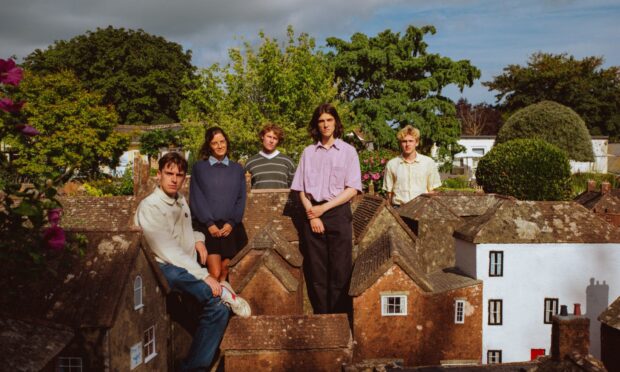The only stand-alone Medieval Museum I have seen is in Waterford, Ireland.
Speaking to the curator on a recent visit, I was surprised to learn that, despite many attractions, just two of its treasures are included in the ‘History of Ireland in 100 Objects’. These are a spectacular roll of town charters stitched together and used in evidence in 1373 in a dispute against the rival port of New Ross, which feature extremely rare portraits of six of England’s early monarchs, and a remarkable collection of 15th century priests’ gold-embroidered vestments, the only examples to survive in northern Europe.
Scotland doesn’t have a Top 100, so I set about the task in my mind while travelling home. There are some obvious highlights in Edinburgh – the Stone of Scone, the Crown Jewels, the 8th-9th Century Hunterston Brooch and Monymusk Reliquary, the Lewis Chessmen and, of course, Dolly the Sheep.
Perth and Angus could easily offer a jaw-dropping Pictish stone and Fife one of its great Colourist paintings or an early Hill-Adamson photograph. Dundee, I fancy, might put forward its ancient mariner’s astrolabe, the printing press used by James Chalmers for the first postage stamps and Captain Scott’s expedition ship Discovery.
Perhaps Craigie Column readers could suggest items for inclusion, which I would collate into a list of candidates.
Another thought occurs. Given the current debate over returning the famous Benin bronzes to Nigeria and the continuing row about the Elgin Marbles, perhaps we should demand that Ireland returns its most treasured possession – the Book of Kells – as it is believed to have been written on Iona.
Wouldn’t like to be the one to ask them, though!
- Read The Courier’s Craigie column in the paper Monday to Saturday. To contact Craigie, email: craigie@thecourier.co.uk










